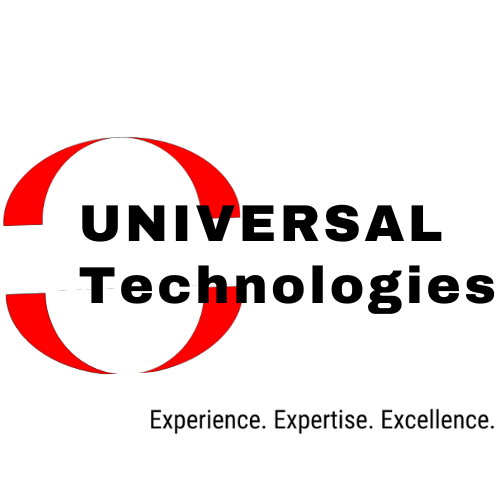Green IT/Desktop Virtualization
Virtualization. It’s not just the latest IT fad. It is a gradual and fundamental, shift in the nature of enterprise computing. Whether you call it the cloud or the grid, whether you call it service oriented or virtualized, the message is clear. The decades-old vision of Sun Microsystems’ founder Scott McNealy is finally here – the network really is the computer.
Virtualization is becoming a competitive advantage, made necessary by resource constraints and a growing understanding of IT as an element of business strategy that can be made more efficient and flexible as demands change and initiatives come and go. Finally we have the ability to transparently interconnect resources, reducing idle time and dynamically allocating virtualized systems and pools of compute power and data storage as needed.
The benefits of server and storage virtualization are well known – reduced data center size, reduced direct power consumption, reduced cooling, reduced idle time, faster provisioning of new resources. But in order to be truly effective, virtualization needs to be planned and monitored. Virtualization of the data center is not an end in itself. Unplanned virtualization can result in not only a difficult to manage proliferation of virtual machines, but also the virtualization of machines that might better be left un-virtualized.
At UNIVERSAL we appreciate the power of virtualization and have forged a partnership with industry leader VMware. In doing so, we have put particular focus where only a few others have – on fully virtualizing the desktop, creating, in essence, a client-free environment.
Green IT on the Desktop
It has long been recognized that thick client desktops area a significant problem. Whether your focus is on Green Computing, security-centric computing, or simply the search for a more cost-effective IT infrastructure, thick clients move you in the wrong direction. Thick clients consume a disproportionate share of IT resources, have large carbon footprints, require frequent repair and upgrade, are major security problems, and can be challenging to back up and restore.
Thin clients are often thought to be the answer, but they are a half-way measure – they retain embedded operating systems that require patching and are vulnerable to viruses, and they require a client-side application in order to function.
UNIVERSAL’s engineers have been working for many years on eliminating the need for any kind of client, so that the desktop becomes simply an interface appliance, like a television.
Building a client-free environment is not a simple task, and we recognize that not all environments can become client free. However, when done right, the payoff can be enormous. Virtual clients can be a key component of a Green Computing initiative, with their low power consumption and heat emissions, as well as their dramatic reduction in the waste stream from regular disposal of obsolete PCs. Beyond this, they offer
•Inherent security
•Painless replacement of defective units
•Rapid provisioning of new desktops
•Centralized patching, software and OS upgrades
•Centralized backup and disaster recovery
•User session portability
In many ways, however, setting up client virtualization requires more planning and advanced work than server virtualization, and this is where the experience of UNIVERSAL’s architects and engineers comes in.
To reap the benefits, consideration must be given to issues such as the types of user profiles needed, the applications to be provided via the virtual clients, peak bandwidth requirements, and necessary peripherals. At our virtualization lab, we spend the time necessary to simulate our client’s environments and optimize the solution to the extent possible, before we begin the work in your data center.
Our Services
UNIVERSAL Technologies offers a full range of services to bring client virtualization to our customers.
•Assessment – What applications are in use? How many users? Will the existing server and storage infrastructure support client virtualization? What peripherals might need to be supported?
•Design – How many master images will be necessary? How much storage space and computer power will be required? What additional hardware and software needs to be purchased? What will the new network architecture be?
•Lab Test (optional) – Are there any special software configurations or devices that need to be tested?
•Proof of Concept (optional) – Limited scale deployment to demonstrate feasibility of the design.
•Implementation – Full-scale deployment, testing and tuning of the designed virtualization architecture.
•Knowledge Transfer – Creation of documentation, plus formal and/or informal instruction in maintaining the system. We build the environment and leave you with the tools you need to maintain and expand it.
•Status Check (optional) – Scheduled or ad-hoc visits and/or remote analysis to verify proper functioning. We’re not going to leave you dependent on us, but we will be there to provide advice and help, when you need it.

